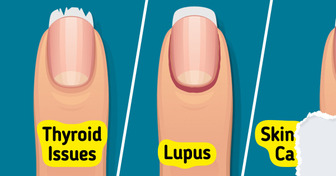These These were very interesting posts or articles to resd and I will pass the i nfo on Especially the recipe
How to Spot an Ear Infection: 6 Symptoms to Look Out For
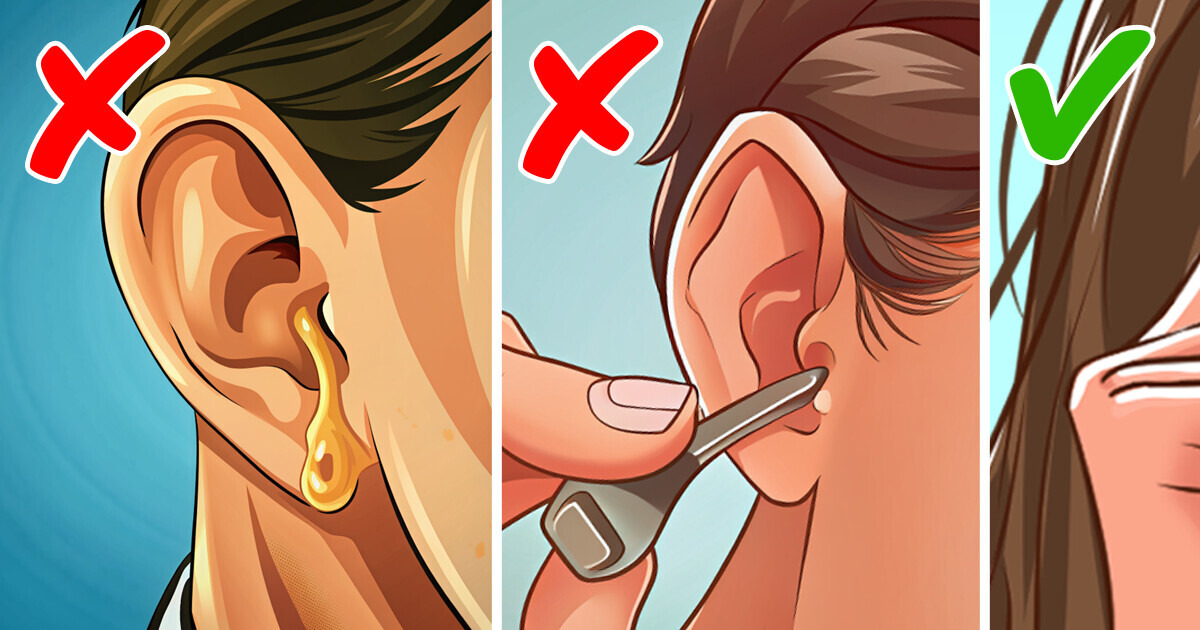
Ear infections are common among kids, but they also impact about 20% of grown-ups. This is normal because adults can be affected by bacteria and viruses, similar to children. People with weak immune systems and ear inflammation need to be more cautious. In conclusion, ear infections are unpleasant, and it’s crucial to identify them promptly for swift treatment.
1. Pain or discomfort
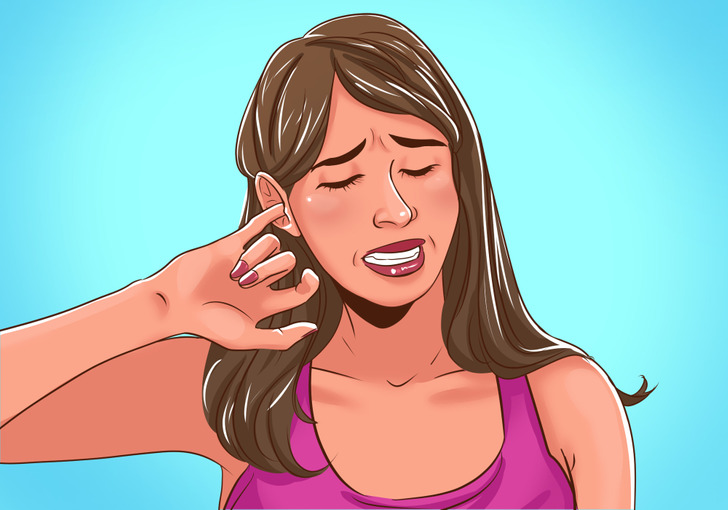
- Initially, you may experience overall pain in your ear, particularly when tugging on the earlobe or pressing the tragus. Over time, you might sense a fullness in your ear. In more serious instances, the pain may extend to your face, neck, or the side of your head.
2. Redness on the inner and outer parts of the ear
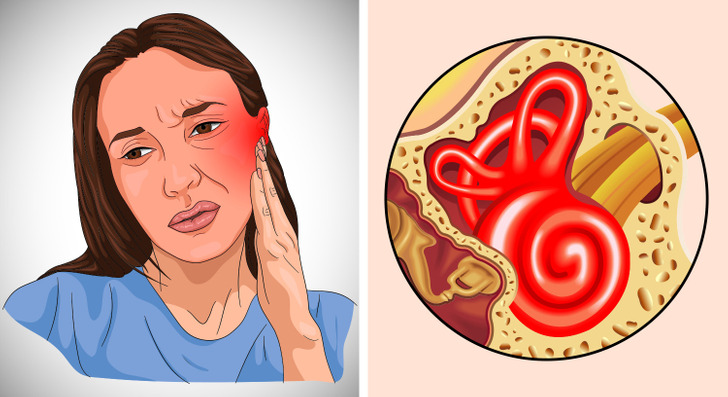
- It may begin with slight redness in the inner ear canal. However, as it advances, the redness can become more apparent not only inside but also outside the ear.
3. Itchiness
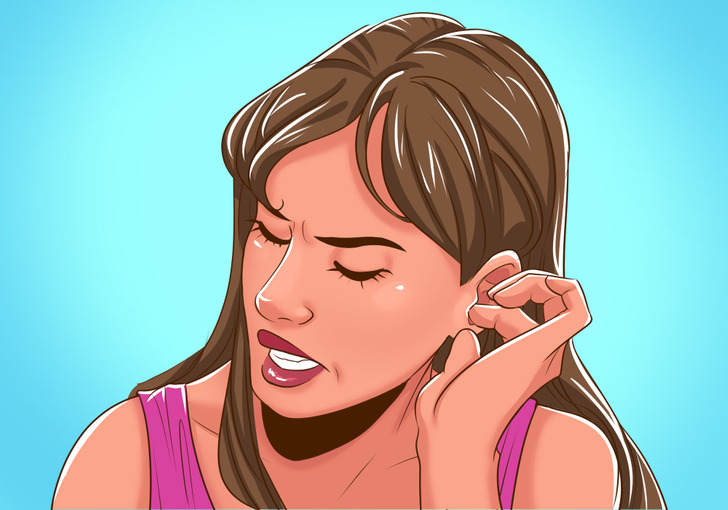
- It may begin with a slight itchiness in the inner ear canal, and it can worsen if the infection is left untreated.
4. Drainage of odorless fluid
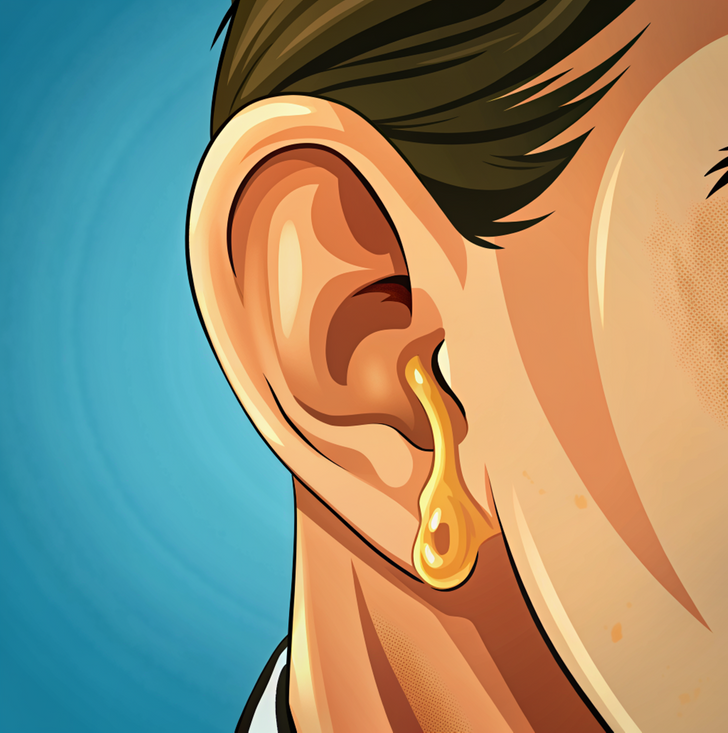
- Similar to the other symptoms, the odorless fluid may be minimal initially, but as the infection progresses, it can become more abundant.
5. Swollen neck lymph nodes

- When left untreated, the infection can lead to visibly swollen lymph nodes. This can result in a fever, as the entire ear canal is likely to be completely blocked.
6. Muffled hearing or ringing
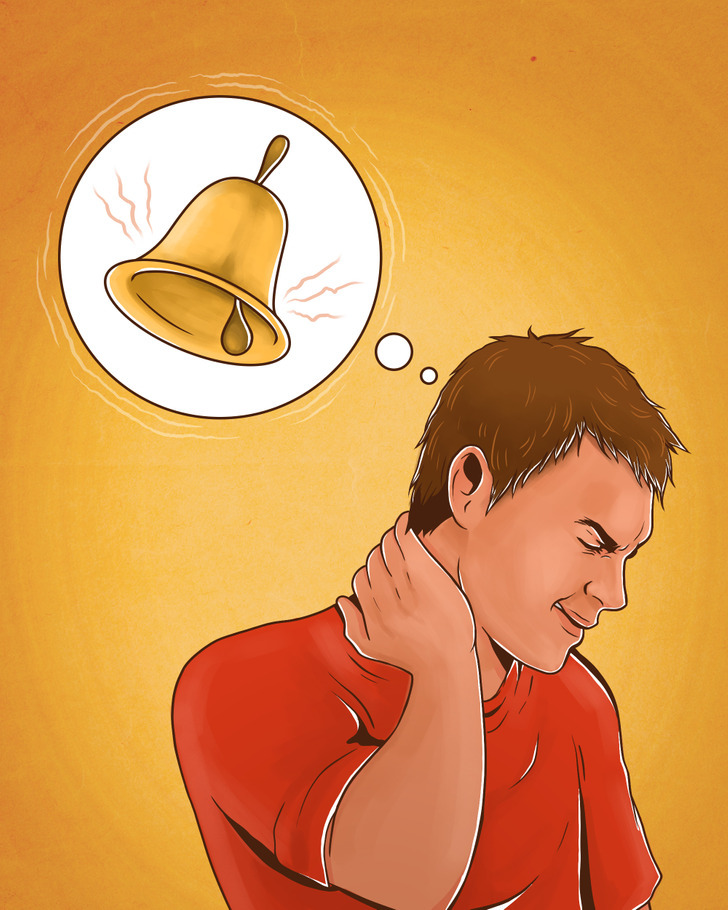
- In mild cases, this symptom may be absent, but in more severe instances, your hearing might be impacted. You may feel a reduced ability to hear or experience constant ringing deep inside your ear.
By following these simple steps, you can effectively prevent it
1. Avoid using cotton swabs or other foreign objects
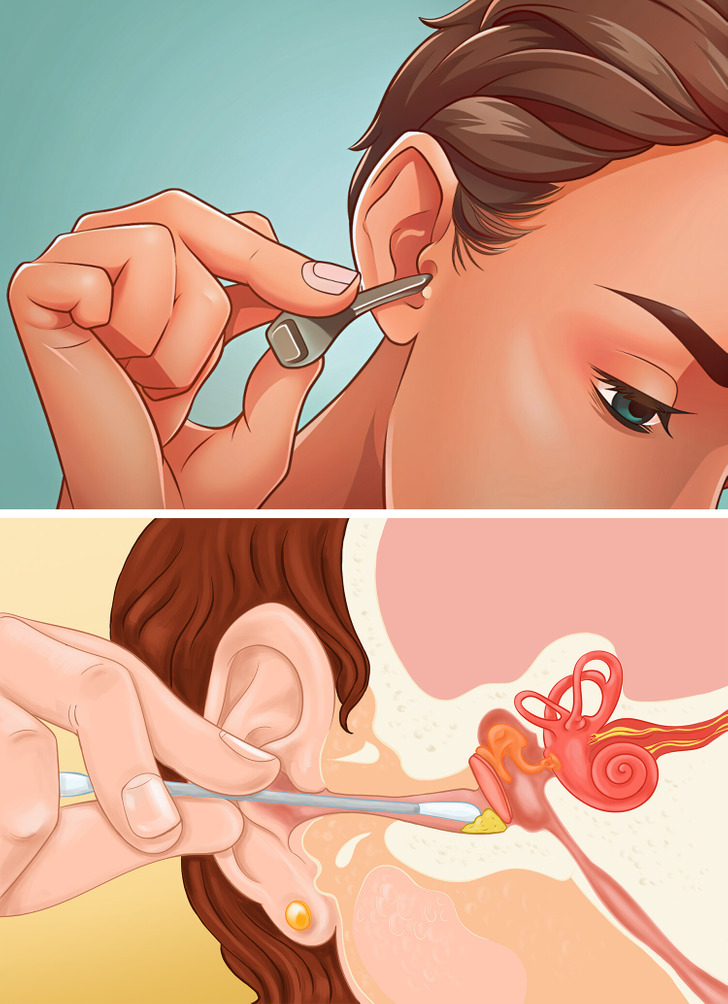
Cotton swabs might seem like a way to clean your ears, but they can actually push earwax deeper. If using them causes discomfort, it’s best to stop. Avoid using foreign objects such as keys, hairpins, or paper clips to scratch your ears, as they can also push earwax deeper, irritate the skin, and potentially cause harm.
2. Keep your ears dry by using a blow-dryer
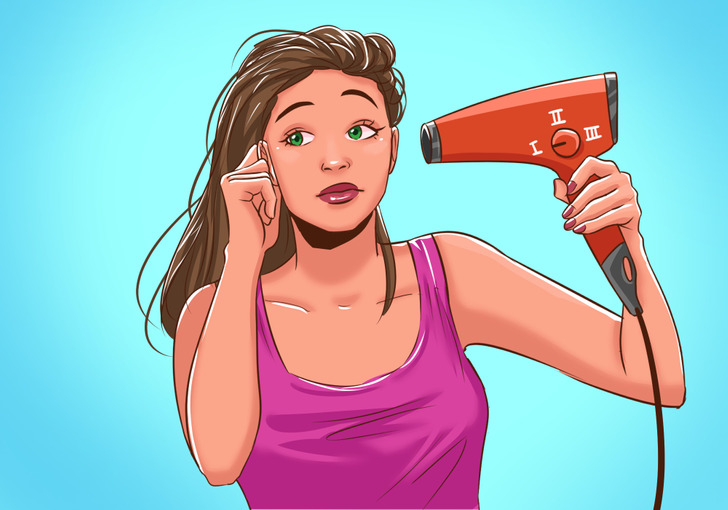
After leaving the water, ensure thorough drying of your ears by tilting your head and using a towel. Tilt your head and pull the earlobe in different directions to help water escape safely. If you still sense water in your ear after returning home, use a blow-dryer on low speed and low heat to dry them.
3. Use a swimming cap or earplugs
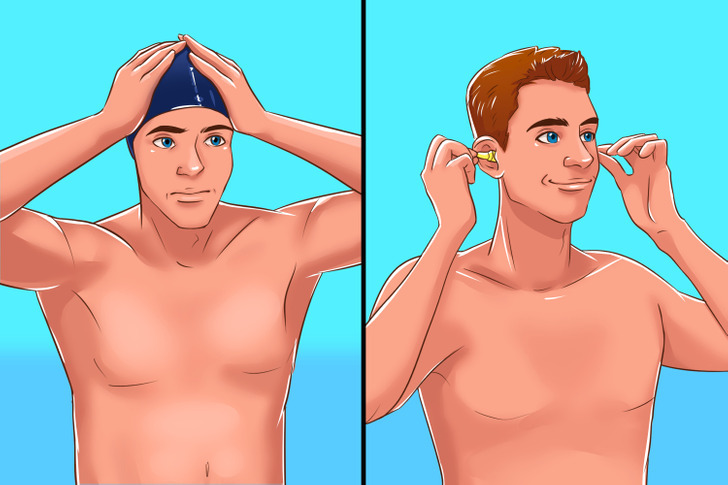
For those more prone to ear infections, consider wearing a swimming cap to block water entry. Additionally, using earplugs, if comfortable, can be helpful. Consult your doctor or physician for additional precautions tailored to your situation.
As you become more attuned to your body’s signals and learn to recognize the signs of an ear infection, it’s equally important to extend that awareness to other aspects of your health. Your nails, for instance, can reveal a lot about your overall well-being. Stay tuned for our next article, where we unravel the secrets of maintaining healthy, strong nails with 12 expert tips and share fascinating facts that will transform the way you care for them.
Comments
Related Reads
15+ Celebrity Children Who Look So Identical to Their Parents That We Thought We’re Seeing Double

10 True Stories That Start Normal... and End Unbelievably

12 Daily Habits That Keep Couples Happy — Test Your Own Relationship

17 Stars Who Proved You Can Change Your Look Without Losing Your Spark

My DIL Wanted Me in the Delivery Room, but I Refused — I’m a Grandma, Not a Nurse

15+ People Whose Hobbies Turned Ordinary Days Into Something Special

Woman Proudly Flaunts Her Body with Rare Birthmark Often Confused for a Blackout Tattoo

10+ Single Dads Who Turn Everyday Challenges Into Small Victories

Man Mocked for “Not Fitting” with His Wife Delivers a Mic-Drop Response

11 Ordinary Days That Turned Into Unbelievable Stories

5 Alarming Signs of Colon Cancer You Might Be Missing

10+ Ways Your Body Could Alert You to Hidden Health Issues
